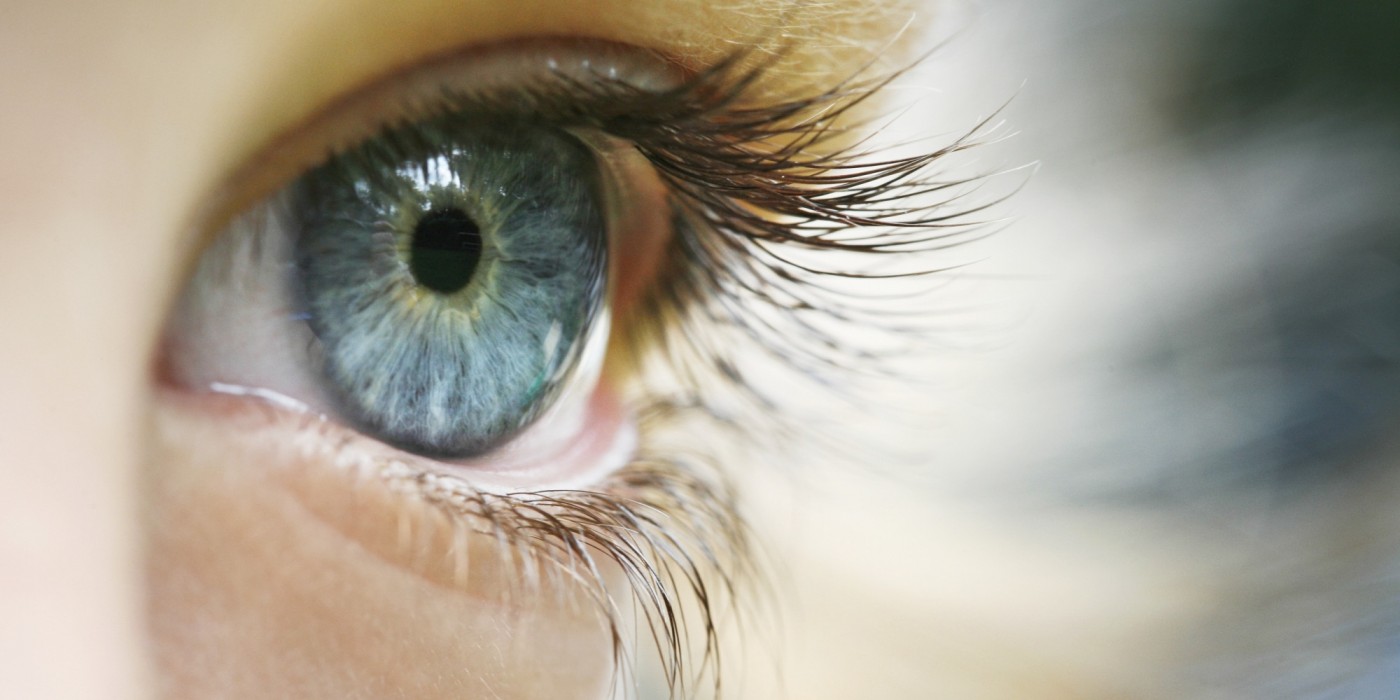LHON Natural History Study Highlights Improvements in Visual Acuity From Lumevoq Treatment

Boy (6-7), close up of eye,
Patients with Leber hereditary optic neuropathy (LHON), a rare genetic mitochondrial disease that causes vision loss, experienced a dramatic and mostly irreversible loss of visual acuity, according to an interim analysis of a natural history study.
The retrospective, observational study, called REALITY (NCT03295071), was launched to document the changes in visual acuity and other clinical parameters in untreated patients with LHON.
REALITY is currently underway at multiple sites across the U.S. and Europe, and is expected to enroll 50 patients within the second quarter of 2020. More information can be found here.
Data from the study is also being used to establish a basis for comparison with patients being treated with Lumevoq (GS010), GenSight Biologics’ gene therapy designed to improve visual acuity among those with LHON, in the Phase 3 trials REVERSE (NCT02652780) and RESCUE (NCT02652767).
Gensight has now announced the findings from an interim analysis that included data from 15 patients who were enrolled in REALITY by September 2019. Findings revealed that without treatment, those who have LHON caused by mutations in the ND4 mitochondrial gene tend to experience a dramatic and usually irreversible decline in visual acuity.
In addition, data revealed that unlike those receiving eye injections of Lumevoq in REVERSE and RESCUE, untreated patients participating in REALITY failed to show any improvements in mean visual acuity after the initial decline.
“Natural history studies in LHON have been difficult to conduct, so these results add to the body of knowledge and firm up the conventional wisdom that with rare exceptions, LHON is marked by precipitous loss of vision with little chance of improvement in the first few years,” Mark Moster, MD, at the Wills Eye Hospital, professor at Thomas Jefferson University, and investigator in REVERSE and RESCUE, said in a press release.
“The lack of improvement in the REALITY subjects is in stark contrast to the improvements seen in our REVERSE and RESCUE patients,” Moster said.
The company also announced a second set of results from a pooled analysis of RESCUE and REVERSE, showing that patients with more advanced disease at baseline had worse visual acuity. This pattern of visual decline was consistent with interim data from REALITY.
“These findings highlight just how remarkable the visual trends in REVERSE and RESCUE are,” Bernard Gilly, co-founder and CEO of GenSight, said.
“The findings will support our effort to provide regulatory authorities with the most robust insights about the natural history of the disease, so that we can convincingly demonstrate the therapeutic benefit delivered by Lumevoq,” Gilly said.
Lumevoq has recently been temporarily authorized to treat a LHON patient at the National Eye Hospital of the Quinze-Vingts in Paris, France. The authorization was given by the French National Drug Safety Agency (Agence Nationale de Sécurité du Médicament or ANSM) under its Temporary Authorization for Use (ATU) Program.
The French ATU program allows early access to medications that have not yet received a marketing authorization to treat a severe or rare disease.
To be eligible for an ATU, a medication must have shown promising safety and efficacy in previous clinical studies, and must be intended to prevent, diagnose, or treat a disorder for which no other medications are currently available in France.
Gensight has agreed to provide the medication that will be used to treat both eyes of the patient for whom the medication has been requested by her physician, Dr. Catherine Vignal.
“France’s ATU program is a powerful means of providing LHON patients with the ND4 mutation, with a therapeutic solution, Lumevoq gene therapy,” Catherine Vignal, principal investigator for the Lumevoq trials at the department of ophthalmology at Centre Hospitalier National d’Ophtalmologie des Quinze-Vingts, and head of neuro-ophthalmology at the Rothschild Foundation, said in a press release.
“To me as a clinician, it is important that I can now offer my patients a treatment for their condition, in close collaboration with the Regulatory Competent Authorities, while waiting for official marketing authorization,” Vignal said.
This temporary authorization is the result of a close collaboration between physicians and pharmacists from the CHNO of the Quinze-Vingts, the “Ouvrir les yeux” (Open the eyes) patient advocacy group, and GenSight, which have all worked together to improve the lives of those with LHON.
“Our association is deeply involved in all the steps that can improve the lives of patients with inherited neuropathy and their families. Gene therapy aims to bring about an improvement in one of the 3 main mutations of LHON,” said Maryse Roger, president of the “Ouvrir les yeux” patient advocacy group.
“We hope for the rapid completion of the various ongoing research so that all patients can benefit from treatment as soon as possible. In the meantime, Ouvrir les yeux will continue to enable the voices of patients brutally struck by blindness to be heard,” she said.






